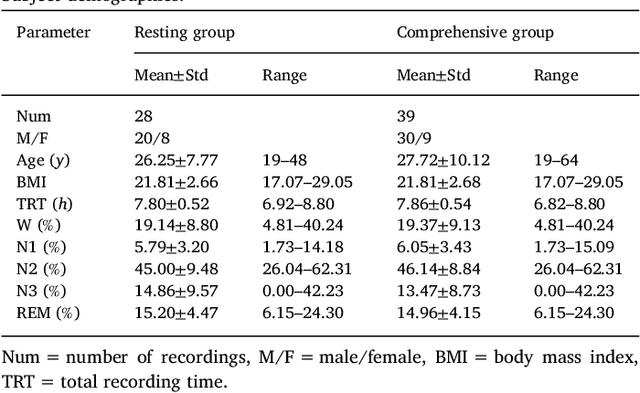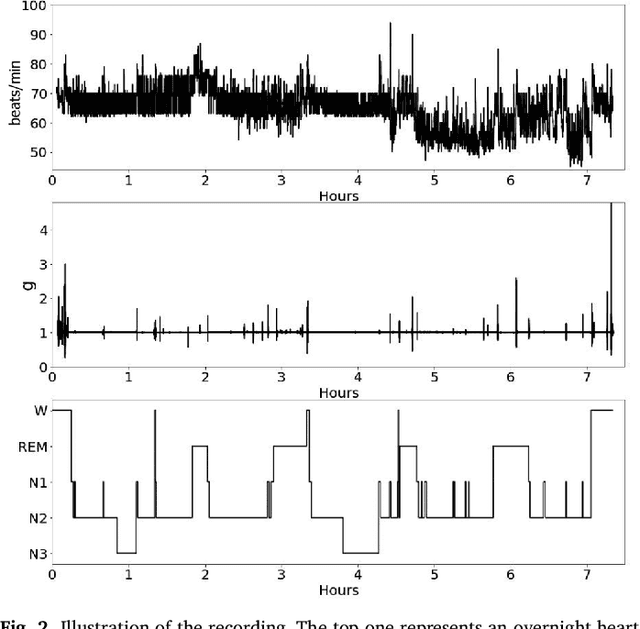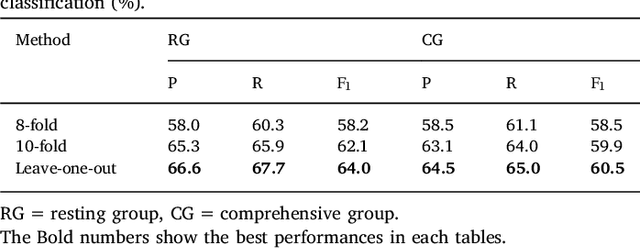He Gao
Constructing a High Temporal Resolution Global Lakes Dataset via Swin-Unet with Applications to Area Prediction
Aug 20, 2024



Abstract:Lakes provide a wide range of valuable ecosystem services, such as water supply, biodiversity habitats, and carbon sequestration. However, lakes are increasingly threatened by climate change and human activities. Therefore, continuous global monitoring of lake dynamics is crucial, but remains challenging on a large scale. The recently developed Global Lakes Area Database (GLAKES) has mapped over 3.4 million lakes worldwide, but it only provides data at decadal intervals, which may be insufficient to capture rapid or short-term changes.This paper introduces an expanded lake database, GLAKES-Additional, which offers biennial delineations and area measurements for 152,567 lakes globally from 1990 to 2021. We employed the Swin-Unet model, replacing traditional convolution operations, to effectively address the challenges posed by the receptive field requirements of high spatial resolution satellite imagery. The increased biennial time resolution helps to quantitatively attribute lake area changes to climatic and hydrological drivers, such as precipitation and temperature changes.For predicting lake area changes, we used a Long Short-Term Memory (LSTM) neural network and an extended time series dataset for preliminary modeling. Under climate and land use scenarios, our model achieved an RMSE of 0.317 km^2 in predicting future lake area changes.
Sleep Stage Classification Based on Multi-level Feature Learning and Recurrent Neural Networks via Wearable Device
Nov 02, 2017



Abstract:This paper proposes a practical approach for automatic sleep stage classification based on a multi-level feature learning framework and Recurrent Neural Network (RNN) classifier using heart rate and wrist actigraphy derived from a wearable device. The feature learning framework is designed to extract low- and mid-level features. Low-level features capture temporal and frequency domain properties and mid-level features learn compositions and structural information of signals. Since sleep staging is a sequential problem with long-term dependencies, we take advantage of RNNs with Bidirectional Long Short-Term Memory (BLSTM) architectures for sequence data learning. To simulate the actual situation of daily sleep, experiments are conducted with a resting group in which sleep is recorded in resting state, and a comprehensive group in which both resting sleep and non-resting sleep are included.We evaluate the algorithm based on an eight-fold cross validation to classify five sleep stages (W, N1, N2, N3, and REM). The proposed algorithm achieves weighted precision, recall and F1 score of 58.0%, 60.3%, and 58.2% in the resting group and 58.5%, 61.1%, and 58.5% in the comprehensive group, respectively. Various comparison experiments demonstrate the effectiveness of feature learning and BLSTM. We further explore the influence of depth and width of RNNs on performance. Our method is specially proposed for wearable devices and is expected to be applicable for long-term sleep monitoring at home. Without using too much prior domain knowledge, our method has the potential to generalize sleep disorder detection.
 Add to Chrome
Add to Chrome Add to Firefox
Add to Firefox Add to Edge
Add to Edge